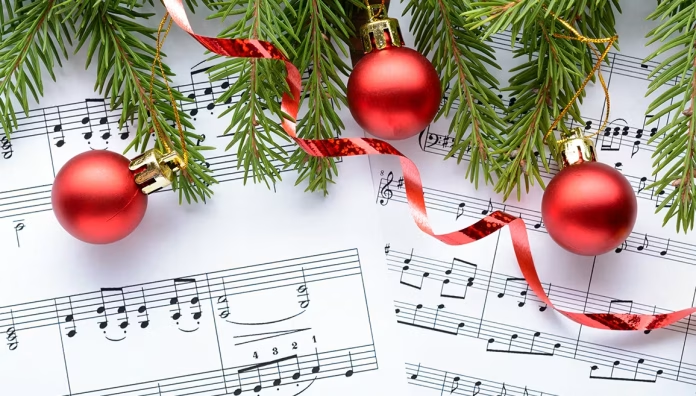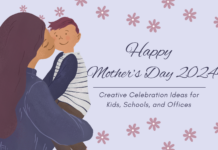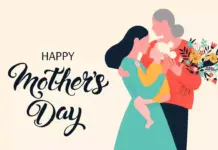Christmas carols form an integral part of the festival. They represent and reflect joy, warmth, and tradition. Have you ever considered the fact of how great melodic songs come up? The history is vibrant and long, spanning hundreds of years and roots back to the time of medieval Europe. Christmas carols vary from jovial dances in their origination to the solemn hymns being sung today, after maturity of the very practice of Christmas.
Early History of Christmas Carols
The history of carols stretches back much further than the beginning of Christianity. Long before the advent of the faith, singing midwinter songs was a common part of feasting and celebration, and it helped to raise spirits. Such early songs often comprised dancing, plays, and other community gatherings. As Christianity spread from the 4th to the 14th century, these winter celebrations merged over time with the Christian celebrations.
By the 14th century, Franciscan friars, followers of Saint Francis of Assisi, started composing the first recognizable Christmas carols. These songs were sung in circles with linked hands, emphasizing community and joy. Unlike today, carols were not limited to Christmas and were performed during other seasonal events like May Day and harvest festivals.
Also read: Top Black Christmas Songs to Celebrate the Holiday Spirit
Medieval Carols and Their Survival
The 15th century was the peak of medieval carols, most of which survived down to the present day. They were essential parts of English music in terms of themes of faith and festivity. Yet, as society changed, dances associated with the carols became extinct; their themes focused almost entirely on Christmas. This made it survive longer because Christmas became the most celebrated festivity throughout the year.
This Carol is one of the oldest survivors. “While Shepherds Watched Their Flocks By Night,” though its melody is from the 16th century and its words are from the 17th century, it was not till the 19th century that its form was settled.
Changes to Iconic Carols
Some carols have interesting histories. For example, “Away in a Manger” was written in 19th-century America. Its mysterious author ascribed it to Martin Luther, the German reformer, but experts have none of it; they conclude that it was an anonymous American writer.
Another is “Hark the Herald Angels Sing.” The lyric was written by Charles Wesley, who originally had its start with “Hark how all the welkin rings.” The word “welkin” is an archaic term for heaven and was considered obsolete. Methodist preacher George Whitefield adapted the opening lines in 1754 to create the one we sing today. The melody, however, wasn’t written until Felix Mendelssohn composed it in 1840.
“O Come All Ye Faithful” is an example with a complex history. In Latin, it is known as “Adeste Fideles” and dates back to 1640. Some have said that the carol contains hidden political messages supporting Bonnie Prince Charlie. Regardless of the mystery surrounding its origin, the carol remains joyous and unifying.
Victorian Revival and Modern Appeal
The Victorian period did much to revive carols. Family Christmases were encouraged, and the queen made carol singing extremely popular again. Candle-lit services and public performances became commonplace. Choristers, in their Victorian costumes, brought carols to the people and helped make them part of the Christmas traditions that people cherished.
Today, carols are celebrated around the world, disregarding cultures and languages. Songs like “O Come All Ye Faithful” and “Hark the Herald Angels Sing” are now staples of carol services, speaking of the joy of the season.
The Timeless Charm of Carols
Carols connect us to the past while bringing festive cheer to the present. They remind us of shared traditions, community, and the universal spirit of celebration. Whether sung by candlelight in a cathedral or hummed at home, carols continue to be a magical part of Christmas, uniting people across generations and cultures.
So the next time you hear a familiar carol, remember its journey through time. From medieval dances to Victorian revivals, these songs carry stories of faith, festivity, and enduring joy.








